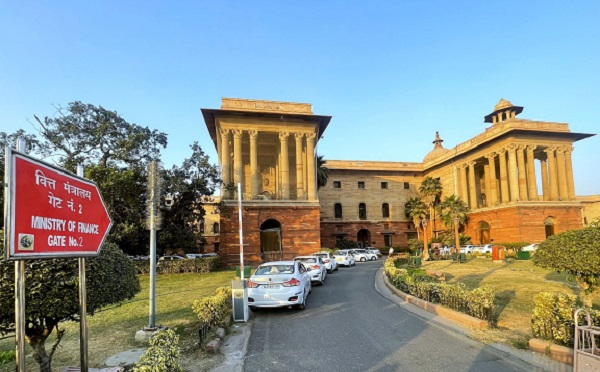.png)

Ajay Srivastava, founder of Global Trade Research Initiative, is an ex-Indian Trade Service officer with expertise in WTO and FTA negotiations.
November 14, 2025 at 4:44 AM IST
The new ‘Halting International Relocation of Employment (HIRE) Act’ bill, introduced in the US Senate on 5 September 2025—if it becomes law—would pose a serious threat to India’s IT and BPO sector
With the United States accounting for more than 60% of the industry’s revenues, the introduction of this bill has triggered unease across India’s $280-billion technology services ecosystem. For a sector built on offshore delivery and cost arbitrage, the proposed law strikes at the heart of its operating model.
It is essential to distinguish this legislation from the similarly named Hiring Incentives to Restore Employment (HIRE) Act of 2010, which was a post-financial-crisis stimulus package offering payroll tax holidays and retention credits to US employers. The 2025 HIRE Act is entirely different—a new, standalone bill crafted to deter outsourcing by US companies and shift work back onshore.
Key Proposals
In parallel, the bill seeks to deny tax deductibility for such payments, dramatically increasing the net cost of sourcing work from countries like India.
It also introduces enhanced reporting requirements, forcing firms to disclose all “outsourcing payments” and exposing them to significant penalties for non-compliance.
If enacted, these measures would apply to all relevant payments made on or after 31 December 2025, effectively beginning 1 January 2026.
For India, the implications are stark.
A 25% tax surcharge combined with loss of deductibility could make offshore delivery meaningfully more expensive for US companies, prompting some to renegotiate contracts, rebalance delivery toward onshore or near-shore hubs, or slow down the pace of new outsourcing. High-volume functions such as application maintenance, customer support, and back-office processing are particularly vulnerable. Even GCCs—captive centres that serve U.S. parent companies—may not be sheltered, as the proposed tax applies to any payment benefiting US consumers, including internal cost allocations.
Indian firms could face pressure to expand on-site US staffing, accept margin compression, or accelerate a pivot toward higher-value digital, AI, cybersecurity, and consulting services.
Meanwhile, uncertainty could chill new GCC investments at a time when India has become a global hub for such centers.
That said, the bill is at an early stage. It has only been introduced—without committee referral, hearings, or co-sponsors—and its passage is far from assured. US technology and services companies are likely to lobby aggressively against measures that raise their operating costs.
Still, the political signal is unmistakable: Washington is re-examining the economics of offshoring. India’s IT sector would be wise to monitor the bill’s progress closely—and prepare for a world where US outsourcing policy could turn structurally less favourable.



